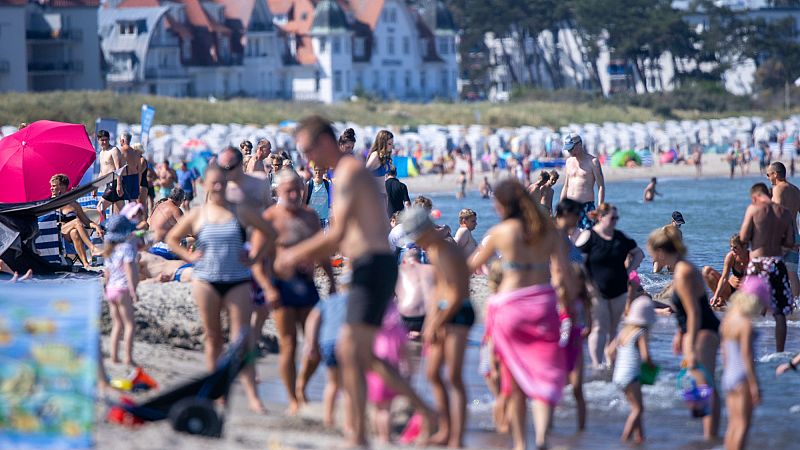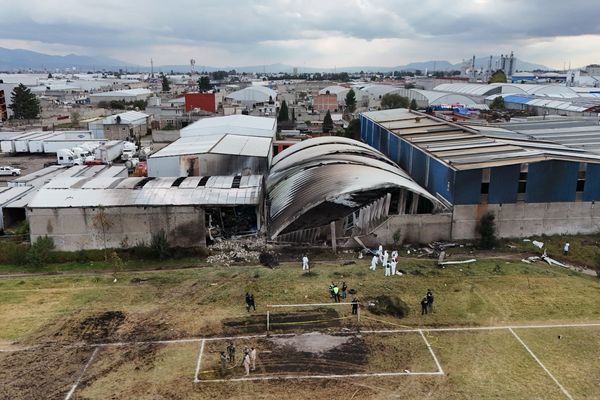
As holiday-goers flock to Europe’s beaches this summer, health authorities are warning about the growing health risks from bacteria that thrive in warm, brackish water.
The European Centre for Disease Prevention and Control (ECDC) issued an alert over Vibrio bacteria, which are often found in the Baltic Sea but are now appearing across Europe as sea temperatures rise.
“The bacteria live naturally in brackish coastal waters, where saltwater and freshwater mix, especially when temperatures are high and salinity is lower,” the ECDC said.
“These conditions are becoming increasingly common in parts of Europe due to climate change,” the agency added, noting that the bacteria has been found in the North Sea and enclosed bathing sites.
Vibrio bacterial infections, called vibriosis, can cause serious health issues. People can be infected by eating raw or undercooked shellfish, particularly oysters, or by swimming in bacteria-heavy waters while they have a cut or another open wound.
People with weakened immune systems or chronic liver conditions are at higher risk from complications such as sepsis, bloodstream infections, flesh-eating disease or even limb amputation.
These infections are still “relatively rare” in Europe, the ECDC said. But several northern countries around the Baltic Sea have reported an increase in cases in recent years, particularly in summers with longer heatwaves.
In 2018, for example, 445 cases were reported during one of Europe’s hottest summers on record. That’s more than triple the median of 126 cases recorded per year between 2014 and 2017.
But that is likely an undercount because infections are “probably under-reported,” the agency said.
The ECDC recommends that people avoid eating raw shellfish and ensure their seafood is cooked thoroughly. It also said people with cuts or recent piercings should avoid swimming in brackish or salty water or cover their cuts with waterproof bandages.
The agency advised people to “be aware of the risks and to consult a doctor if symptoms appear after contact with the type of water where Vibrio bacteria thrive”.







